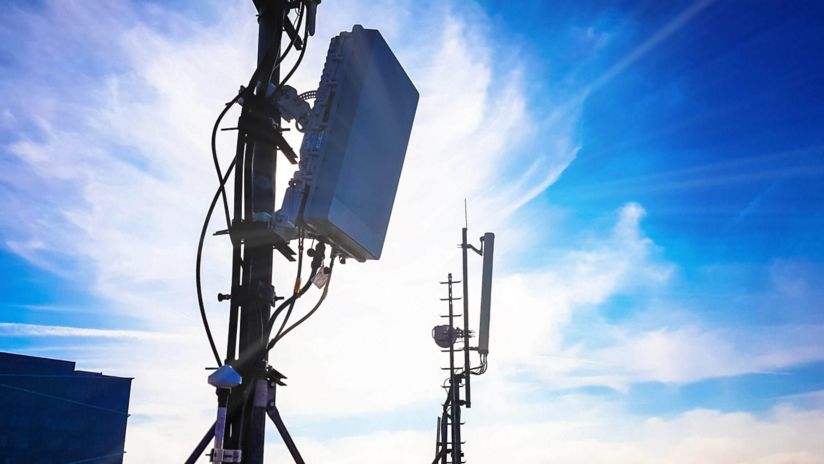5G health concerns and COVID-19: the facts

What is 5G?
We’re at the forefront of 5G in Australia, with our nationwide roll-out of 5G already in all major Australian cities, with plans to expand to more cities, regional centres and high-traffic areas in 2020 and beyond.
5G is the fifth generation of mobile network technology, following 2G, 3G and 4G. It has the potential to offer super-fast connections and response times and more capacity than previous generations and is designed to meet the needs of the large growth in demand for data and connectivity from our customers and businesses.
Is 5G safe?
Yes.
This is an important question and in January 2020 Australia’s Chief Medical Officer Professor Brendan Murphy issued the following statement to reassure Australians:
I’d like to reassure the community that 5G technology is safe. There is no evidence telecommunication technologies, such as 5G, cause adverse health impacts. This position is supported by health authorities in Australia – such as the Australian Radiation Protection and Nuclear Safety Agency (ARPANSA) – and around the world, such as the World Health Organization (WHO).
(Source: https://www.health.gov.au/news/safety-of-5g-technology)
At Telstra we have done extensive testing on our 5G network with specialised equipment and the EME levels measured were found to be well below the safety limits, and in many cases over a thousand times lower.
Read more about the facts on 5G EME and our testing to ensure we comply with the safety limits.
5G and Coronavirus (COVID-19)
As 5G networks continue to roll out around the world, some people have associated the technology with the spread of the novel Coronavirus (or the disease it causes, COVID-19). This is just not true.
The World Health Organisation has advised in their mythbusters that “COVID-19 is spread through respiratory droplets when an infected person coughs, sneezes or speaks. People can also be infected by touching a contaminated surface and then their eyes, mouth or nose.”
Droplets – and any viruses in them – cannot travel through radio signals emitted by mobile networks of any generation.
The Australian Radiation Protection and Nuclear Safety Agency (ARPANSA) has also issued its own advice, stating that 5G and other telecommunications systems do not affect the immune system:
“There is no established evidence that low level radio wave exposure from 5G and other wireless telecommunications can affect the immune system or cause any other long term or short term health effects,” ARPANSA said in its advice.
To reduce the spread of COVID-19, the World Health Organisation advises you to:
- Wash your hands regularly with soap and water for 20 seconds (or use an alcohol-based hand rub);
- Cover your nose and mouth with a disposable tissue or flexed elbow when you cough or sneeze;
- Avoid close contact with other people (1.5 metre distance);
- Stay home and self-isolate from others if you feel unwell, and
- Not touch your eyes, nose or mouth if your hands are not clean.
You can find more information on COVID-19, including protecting yourself, through the Australian Department of Health.


